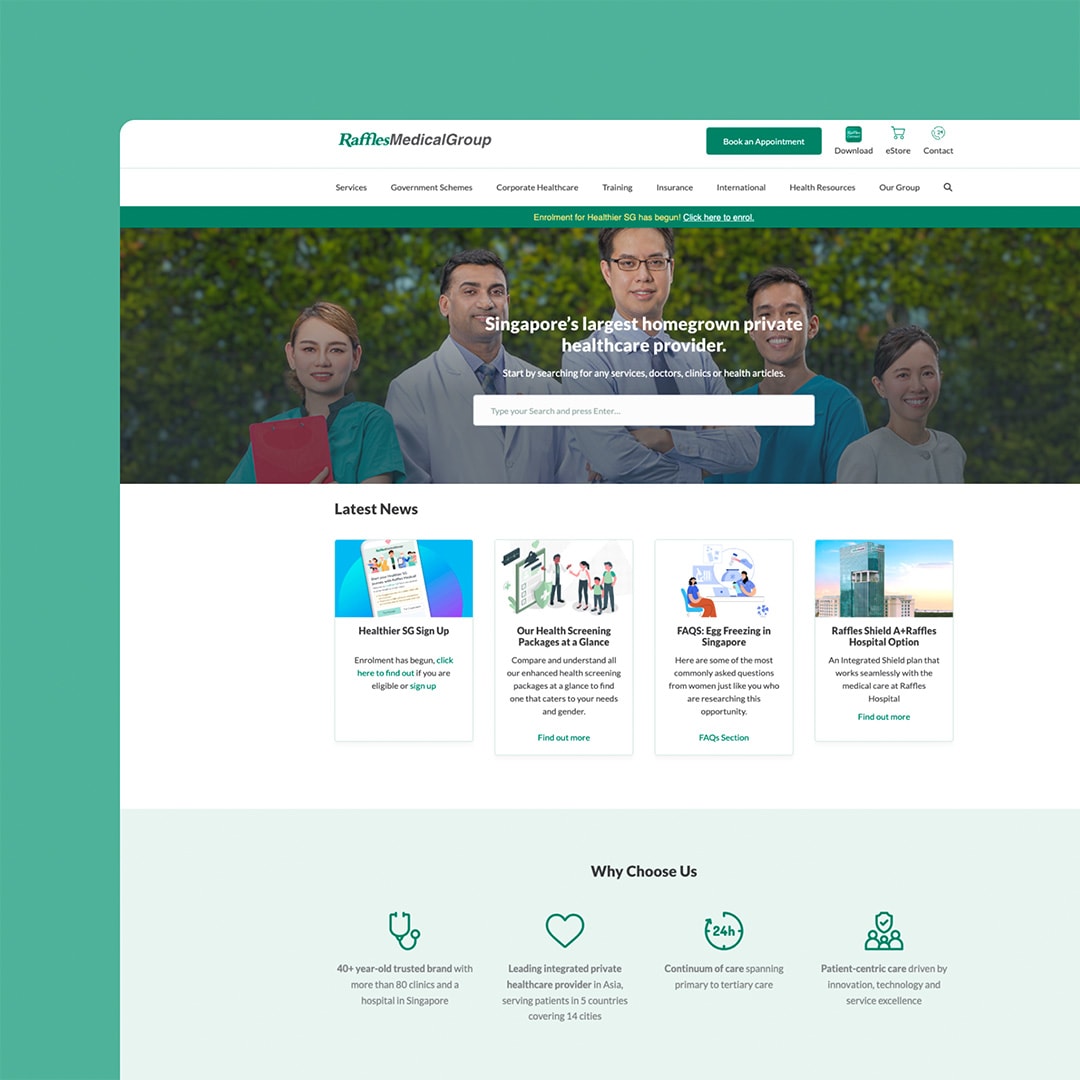
A website is more than just a storefront for small businesses in the digital age. It’s a sales tool, a communication channel, a branding platform, and often the first impression potential customers get of your company.
A well-maintained, high-performing website can significantly boost your business’s visibility and conversion rates.
However, many small businesses overlook the ongoing maintenance required to keep their websites at peak performance due to the perceived costs of website maintenance.
This article presents easy-to-implement website maintenance tips to help you enhance your website’s performance and keep running smoothly.
Table of Contents
Regular Content Updates
Keep Your Content Fresh
Content is king. Regularly updating your website with fresh, relevant content keeps your audience engaged and boosts your site’s search engine ranking. Whether it’s blog posts, news updates, or new product descriptions, ensure your content is up-to-date, informative, and engaging.
Check for Content Errors
Content errors, such as broken links, outdated information, or typos, can harm your website’s credibility and user experience. Regularly reviewing and updating your content can help you promptly identify and rectify these errors.
Technical Maintenance
Monitor Site Speed
Your website’s loading speed can significantly impact user experience and search engine ranking. Tools like Google’s PageSpeed Insights can help you monitor your site’s speed. If your site is slow, consider compressing large files, reducing redirects, or optimising code.
Update Your Software
Keeping your software up-to-date is crucial for both security and performance. This includes your content management system (CMS), plugins, themes, and other software your site relies on. Regular updates provide bug fixes, new features, and security patches that enhance your site’s performance and security.
Optimise Images
Large, unoptimised images can drastically slow down your website. Use image optimisation tools to compress your images before uploading them. Aim for a balance between quality and file size to ensure your images load quickly without sacrificing visual appeal.
Mobile Responsiveness
With significant internet traffic from mobile devices, ensuring your website is mobile-friendly is no longer optional. Test your site on various devices to ensure it loads properly and is easy to navigate on smaller screens. Most modern website themes and templates have built-in mobile responsiveness, but it’s always good to check.
SEO Practices
Keyword Optimisation
To improve your website’s visibility on search engines, incorporate relevant keywords, meta tags, and alt tags into your content. Use SEO tools to research effective keywords related to your business and industry.
Create a Sitemap
A sitemap helps search engines understand the structure of your website, making it easier for them to crawl and index your pages. Most modern CMSs can automatically generate a sitemap for you.
Use Descriptive URLs
A URL clearly describing a page’s content can enhance user experience and search engine visibility. Ensure your URLs are concise, descriptive, and include relevant keywords.
Security Measures
Backup Regularly
Regular backups are your best defence against data loss. Whether it’s due to a technical error or a cyber attack, losing your website data can be devastating. Schedule automatic backups to ensure you can quickly restore your site if anything goes wrong.
Implement an SSL Certificate
A Secure Sockets Layer (SSL) certificate encrypts data transmitted between your website and its users, improving security and boosting customer trust. It’s also a ranking factor for Google, so it can help improve your site’s visibility on search engine result pages.
Monitor for Malware and Vulnerabilities
Regularly scan your website for malware and security vulnerabilities. Several free and premium tools are available that can automate this process and alert you if any issues are detected.
Conduct User Experience Checks
Finally, periodically step into your users’ shoes and navigate through your website. This can help you spot user experience issues, such as broken links, unclear navigation, or slow-loading pages. Consider gathering user feedback to understand their experience better and implement improvements.
Conclusion
Website maintenance is an ongoing task that demands time and attention, but the payoff is well worth the effort. You can significantly enhance your website’s performance by regularly updating your content, monitoring site speed, optimising for mobile and search engines, and implementing robust security measures.
Remember, a well-maintained website attracts more visitors and keeps them coming back. So, adopt these maintenance practices to ensure your website remains a reliable and efficient tool for your small business’s success.










